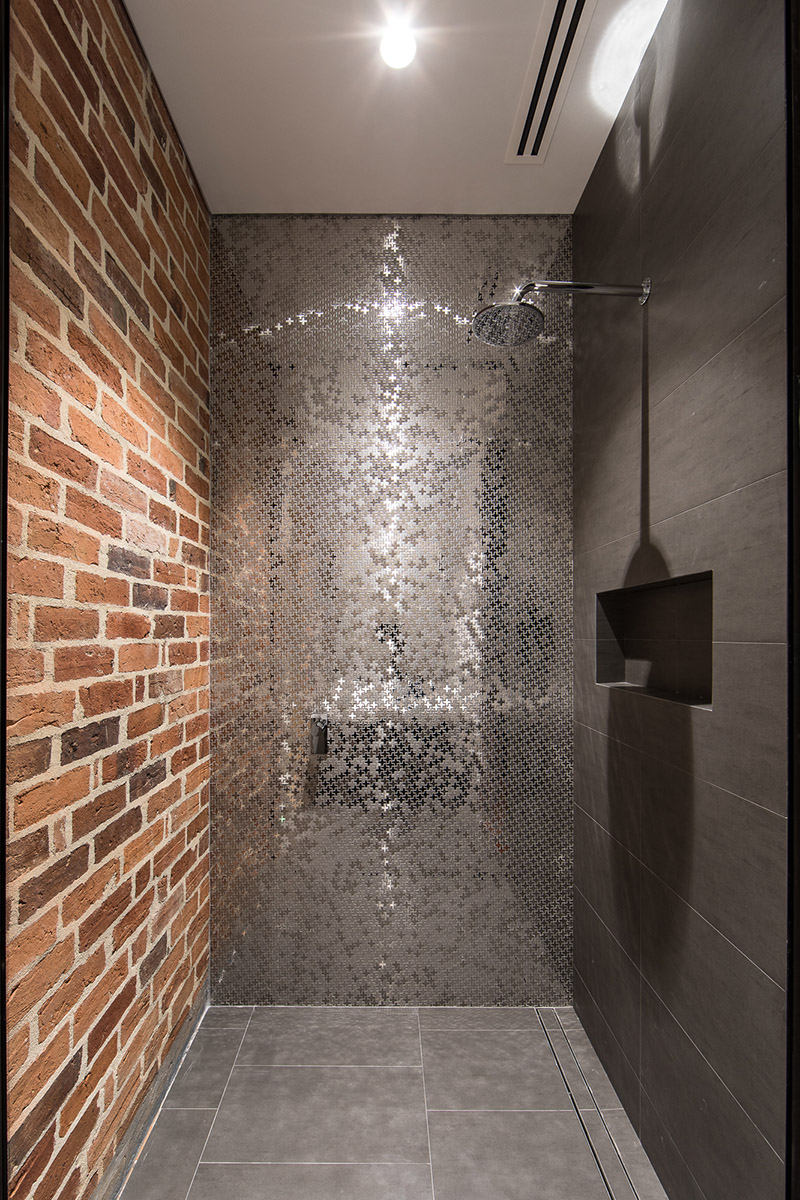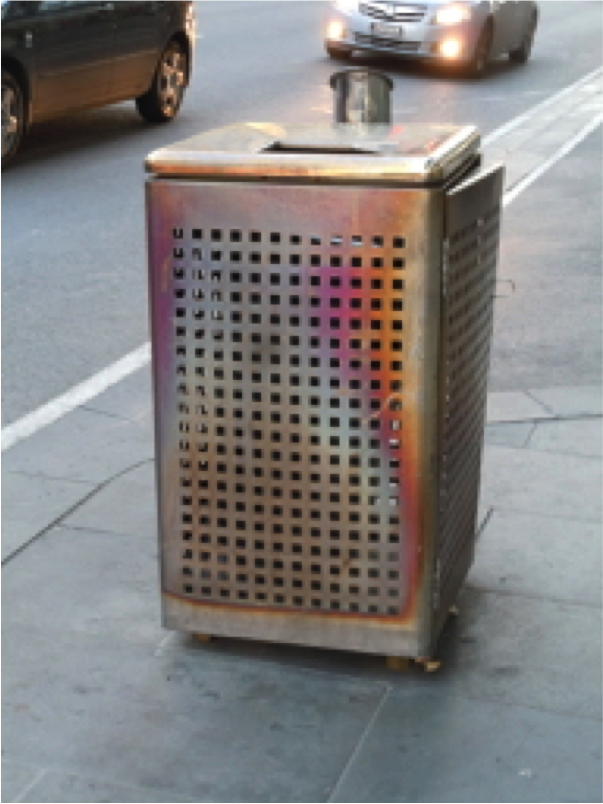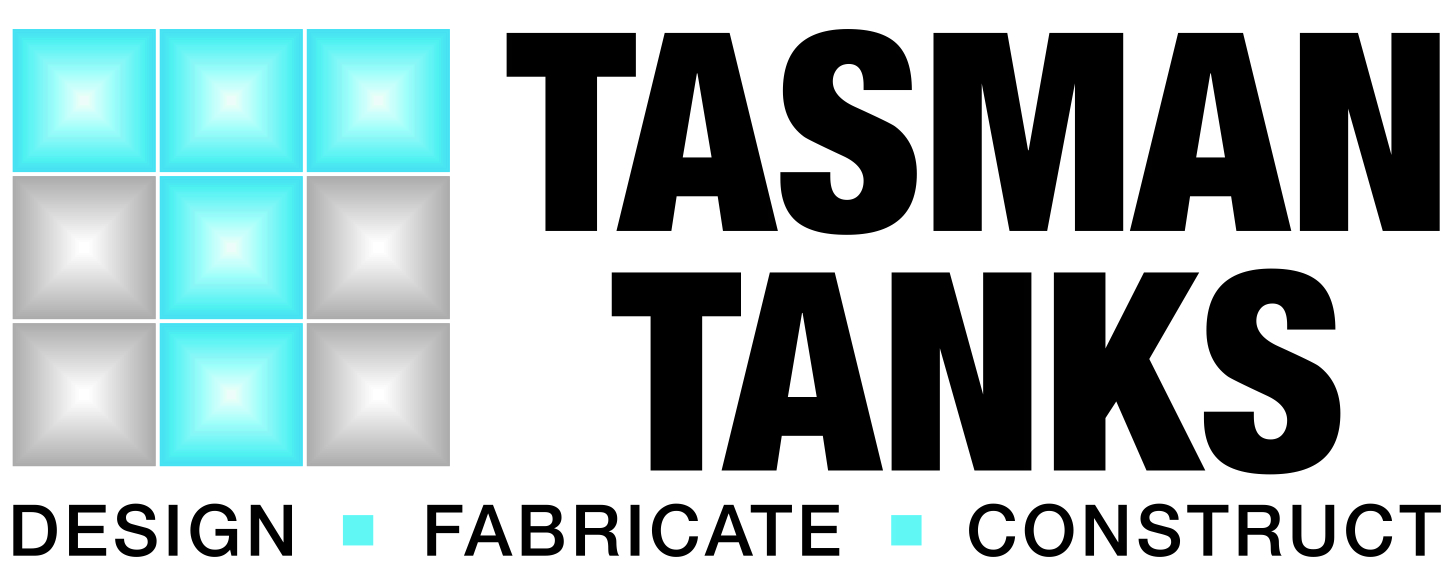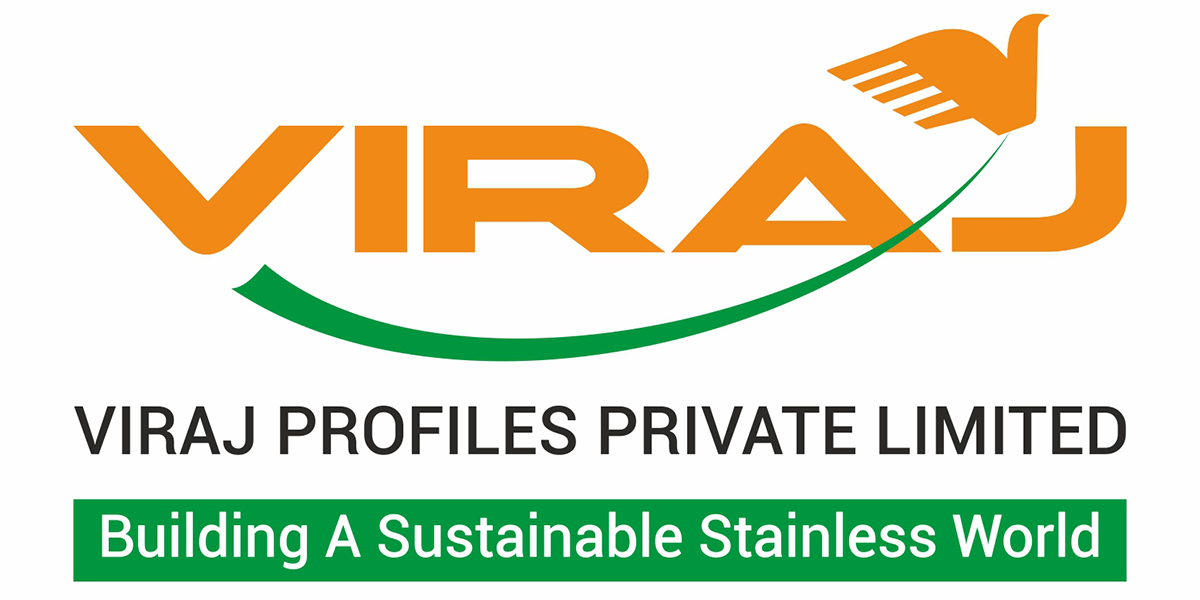Stainless steel provides a cutting edge and environmentally friendly solution for industrial applications.
Dow Chemicals, a global chemicals manufacturer, recently completed a major upgrade of the wastewater treatment system at their Victorian Point Henry coatings plant. The plant manufactures acrylic emulsions which find use in numerous applications including house paints. ASSDA Members Stirlings Performance Steels and Barwon Valley Stainless provided supply and fabrication services for this impressive wastewater treatment facility upgrade.
Wastewater produced in the production facility is pumped into flocculation tanks for settling and the clear supernatant is sent for further biological treatment. This treated water is recycled back to









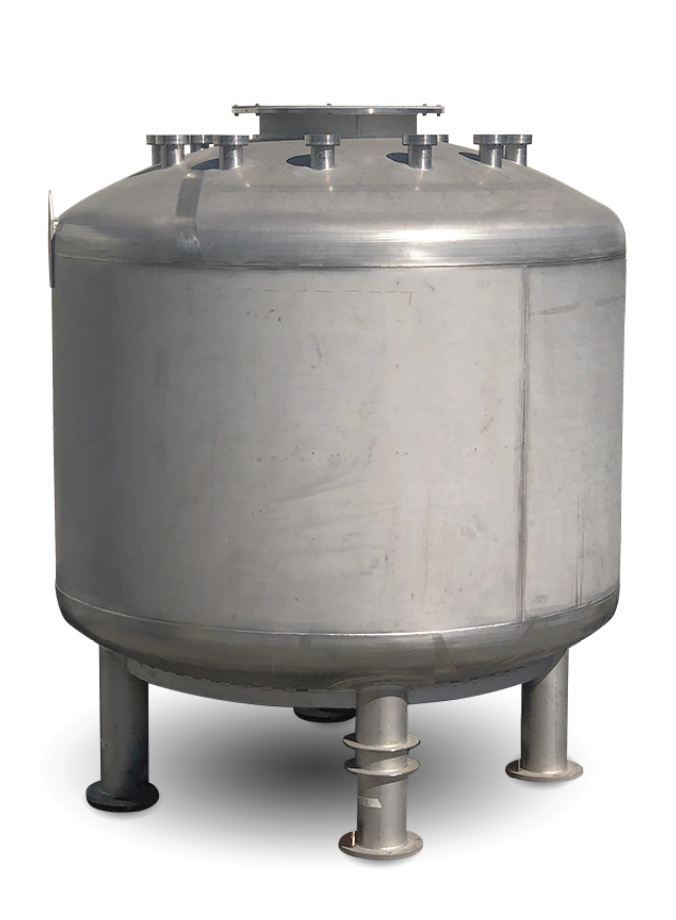 unused gold mine in Western
unused gold mine in Western 






